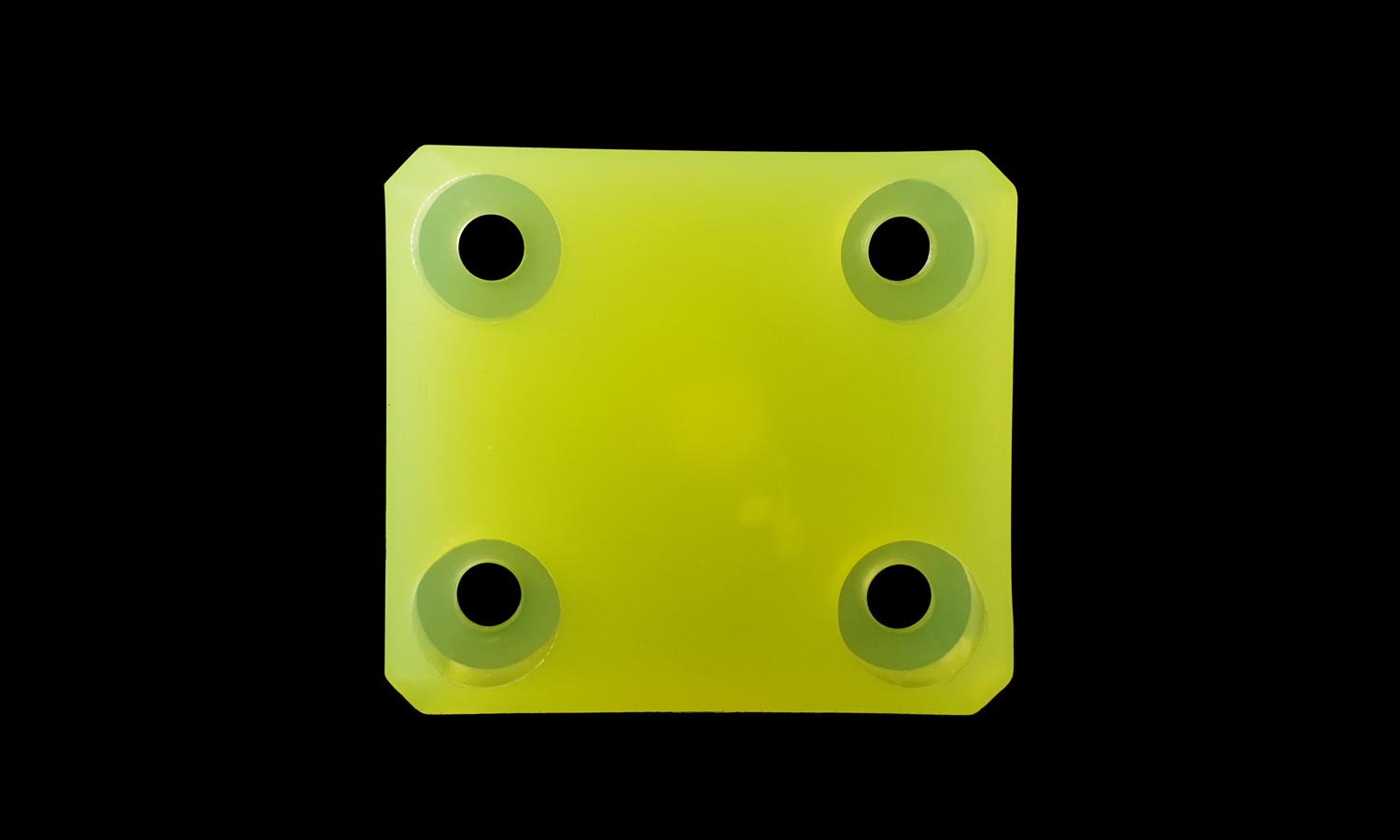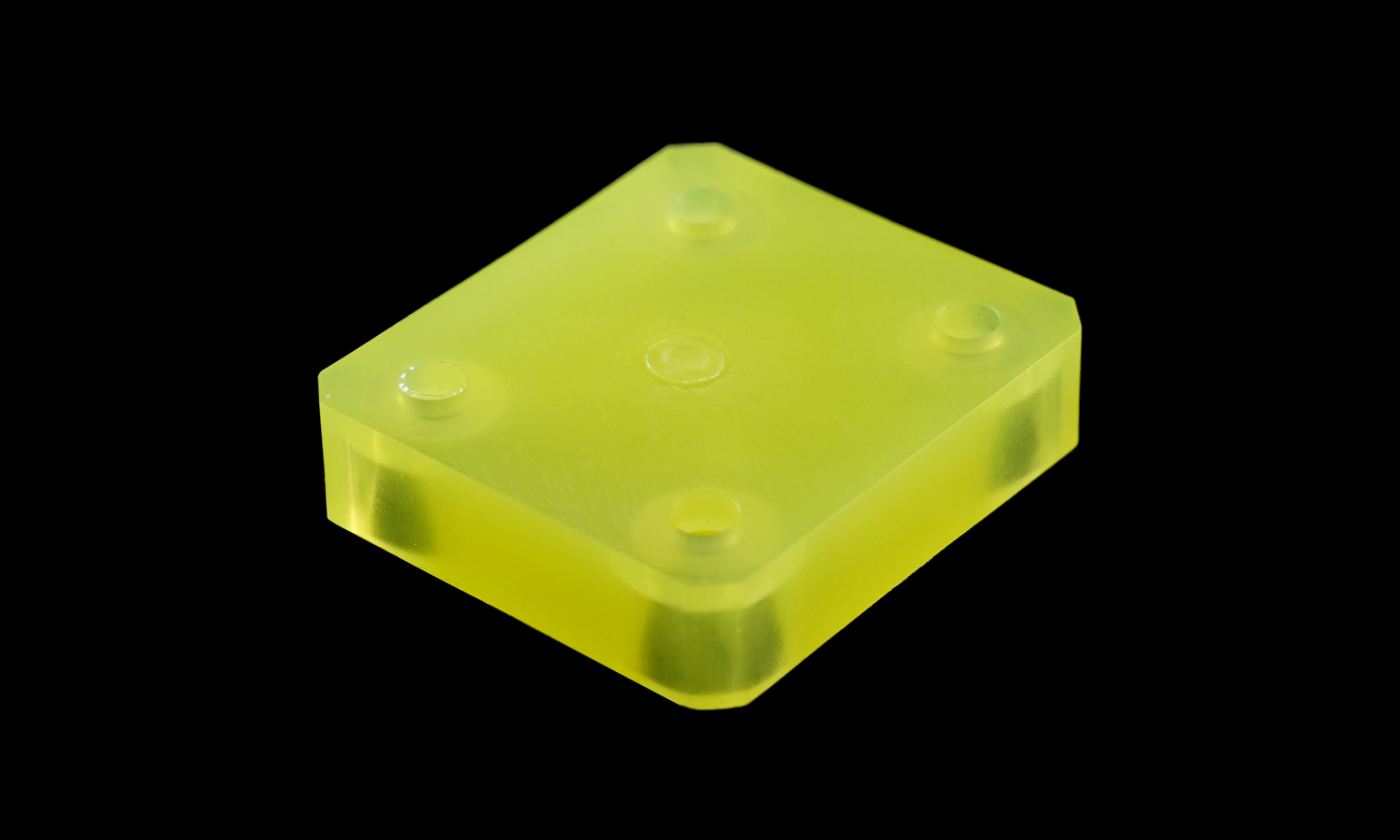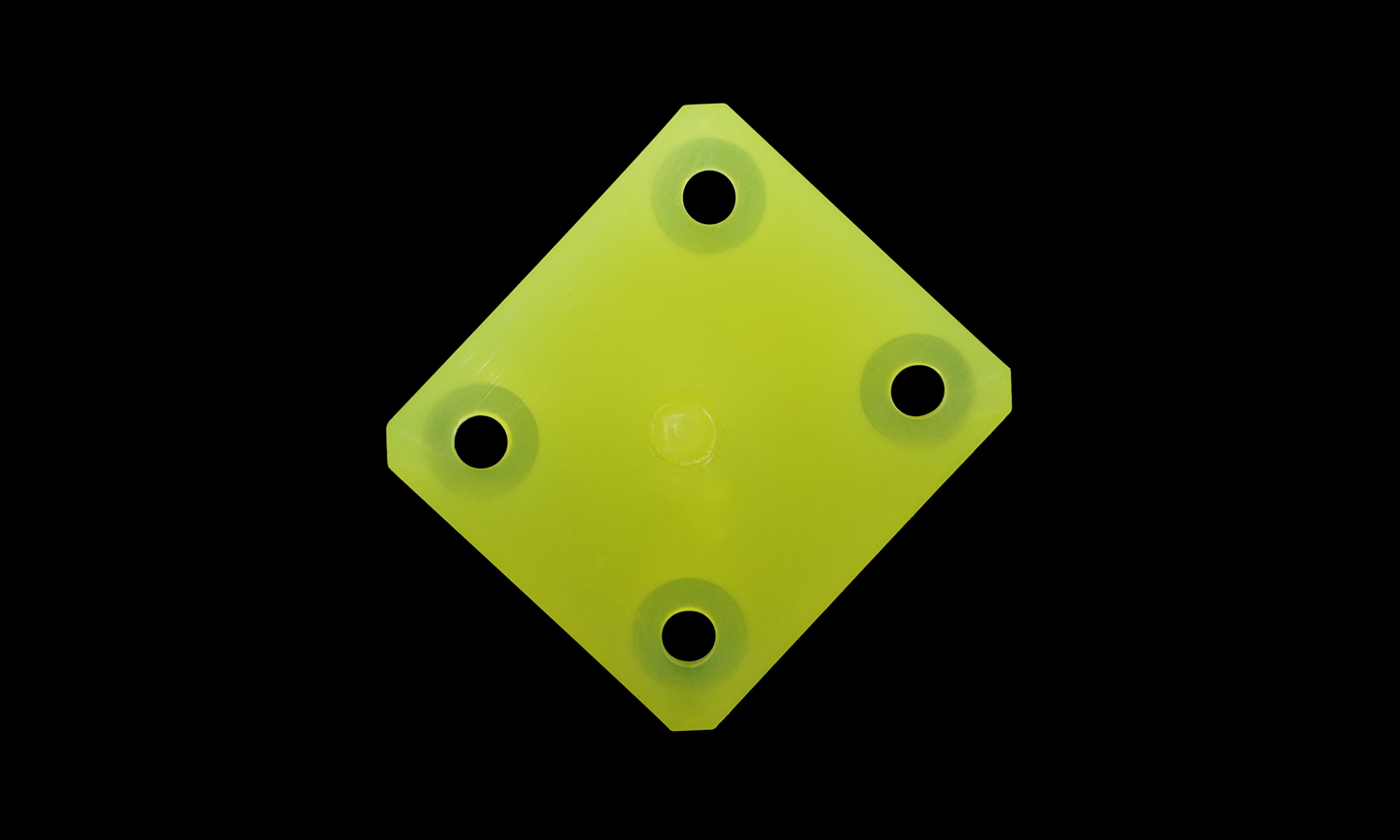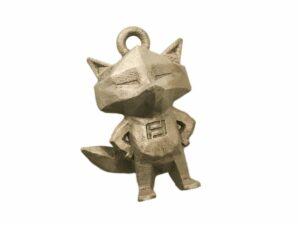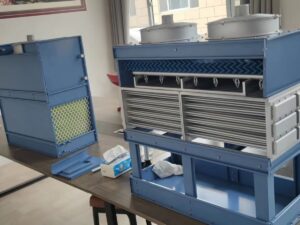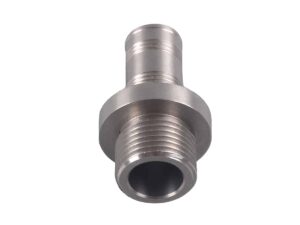- Injection Molding Orange Polyurethane Waterproof Gasket Sealing Ring
- Polyurethane Extrusion Flexible Convoluted Tubing Bellow Hose
Material Plastic
Quantity 80 pcs
Price Range $100-1,000
Lead Time 4 workdays
Gallery
About Project
Have you ever wondered how simple yet functional parts like square pads with holes are manufactured? One common and efficient method is compression molding, particularly well-suited for materials like polyurethane. Let’s take a closer look at a typical example.
Structure and Appearance
The product in question is a square pad, typically made from a flexible polyurethane material. It features four symmetrically placed circular holes, likely intended for fasteners like screws or bolts. The overall appearance is simple and functional. The color can vary depending on the specific formulation of the polyurethane, often ranging from translucent to opaque in various hues. The surface finish might be textured or smooth, depending on the mold used.
Compression Molding Technique
Compression molding is a process where a pre-measured amount of uncured material (in this case, polyurethane) is placed into an open mold cavity. The mold, usually made of two halves, is then closed under high pressure and often heated. This combination of pressure and temperature causes the polyurethane to cure and solidify, taking the shape of the mold cavity. Once the curing process is complete, the mold is opened, and the finished part is ejected.
The Mystery of the Bump
You might notice a small, raised circular feature on the front center of the pad. This isn’t a defect; it’s a telltale sign of the compression molding process. This bump is the sprue or gate location – the point where the liquid polyurethane material was introduced into the mold cavity. While sometimes removed in a finishing step, it’s not uncommon for it to remain, especially if it doesn’t interfere with the part’s functionality.
Why Compression Molding for Polyurethane Pads?
Compression molding is an ideal choice for manufacturing polyurethane pads for several reasons:
- Cost-Effective: For relatively simple designs and moderate to high volumes, compression molding offers a cost-effective manufacturing solution.
- Material Versatility: Polyurethane is a versatile material that can be formulated to achieve a wide range of properties, including flexibility, hardness, and durability, making it suitable for various applications.
- Simplicity: The process itself is relatively straightforward, requiring less complex tooling compared to other molding techniques.
Looking for a reliable partner for your compression molding needs? FacFox offers professional compression molding services for a variety of materials, including polyurethane.
With our expertise and state-of-the-art equipment, we can help you bring your designs to life, ensuring high quality and competitive pricing. Contact us today to discuss your project!
Solution
- Step 1: Mold Preparation.В A mold, typically consisting of two halves, was designed and fabricated to the desired shape and dimensions of the pad, including the holes. The mold surfaces were often treated to ensure easy release of the cured part.
- Step 2: Material Preparation.В A precise amount of liquid polyurethane material, pre-mixed with any necessary additives or colorants, was measured and prepared.
- Step 3: Material Placement.В The prepared polyurethane material was placed into the open mold cavity. Sometimes, the material was pre-formed into a “blank” or “preform” before being placed in the mold.
- Step 4: Mold Closing.В The mold was closed under high pressure, and in some cases, was heated to a specific temperature. This pressure was applied to ensure the material filled the mold cavity completely and achieved the desired shape.
- Step 5: Curing.В The polyurethane material was allowed to cure under the applied pressure and temperature for a specific period of time. During this time, the liquid material was transformed into a solid, flexible pad.
- Step 6: Mold Opening.В Once the curing process was completed, the mold was opened.
- Step 7: Part Ejection.В The solidified polyurethane pad was ejected from the mold cavity. Ejection mechanisms, often built into the mold, were used to facilitate this process.
- Step 8: Finishing (Optional).В In some cases, excess material, such as the sprue or gate (the small bump), was trimmed or removed. Other finishing operations, like surface treatment, might have been performed depending on the desired final appearance and functionality.
- Step 9: Inspection.В The finished pads were inspected for any defects or imperfections to ensure quality control.
- Step 10: Packaging.В The accepted pads were packaged for storage or shipment.
